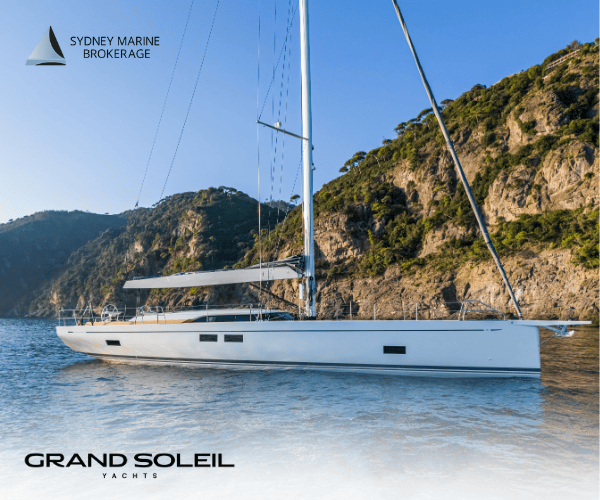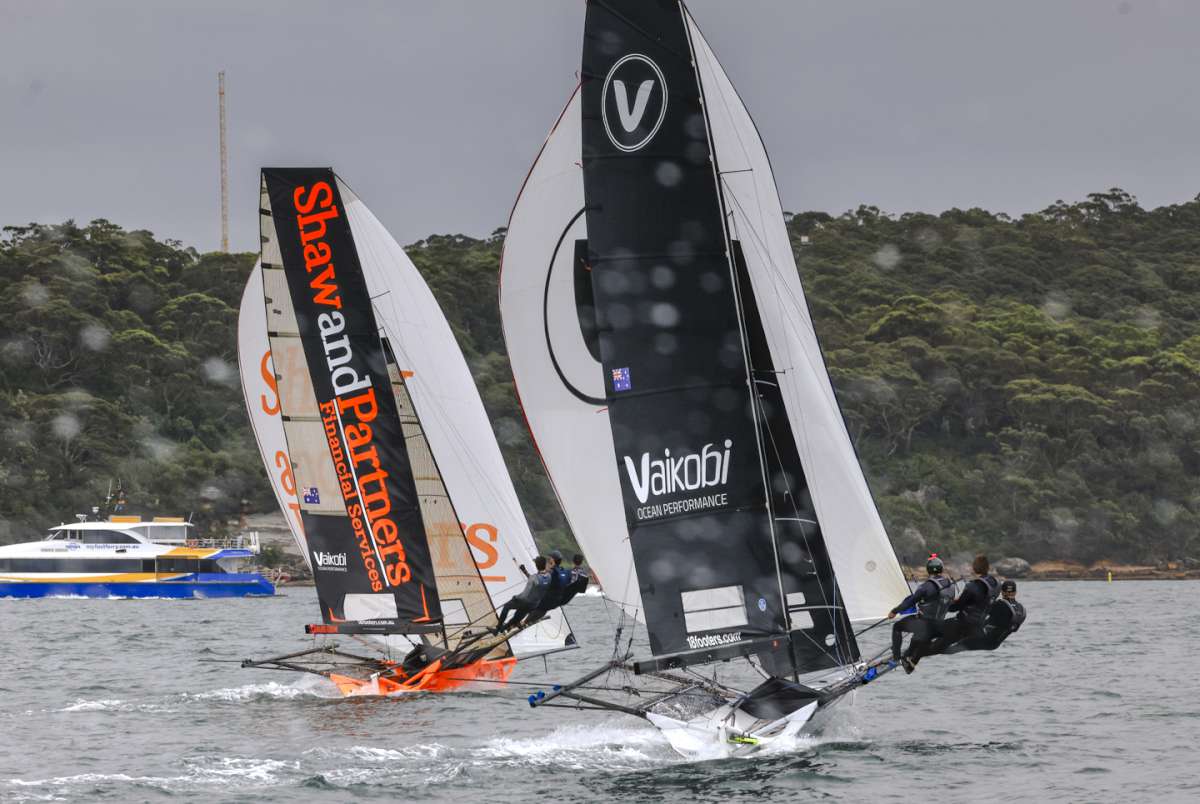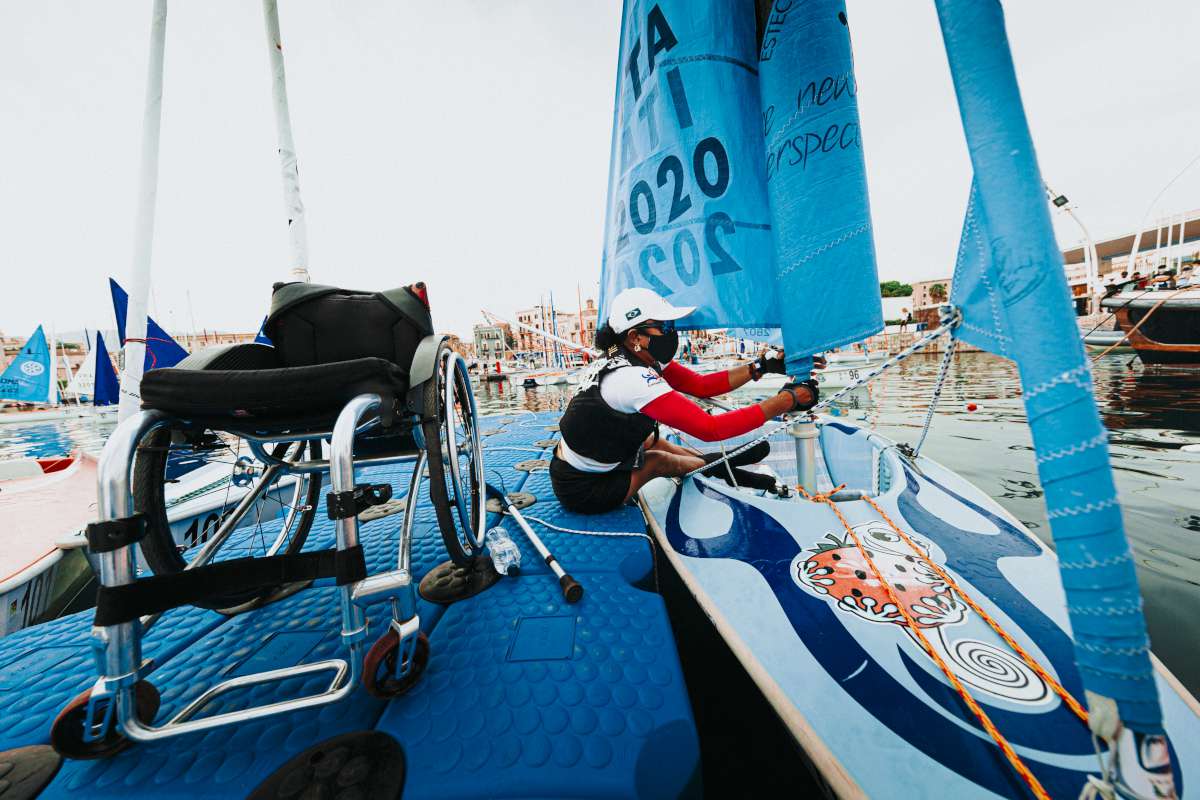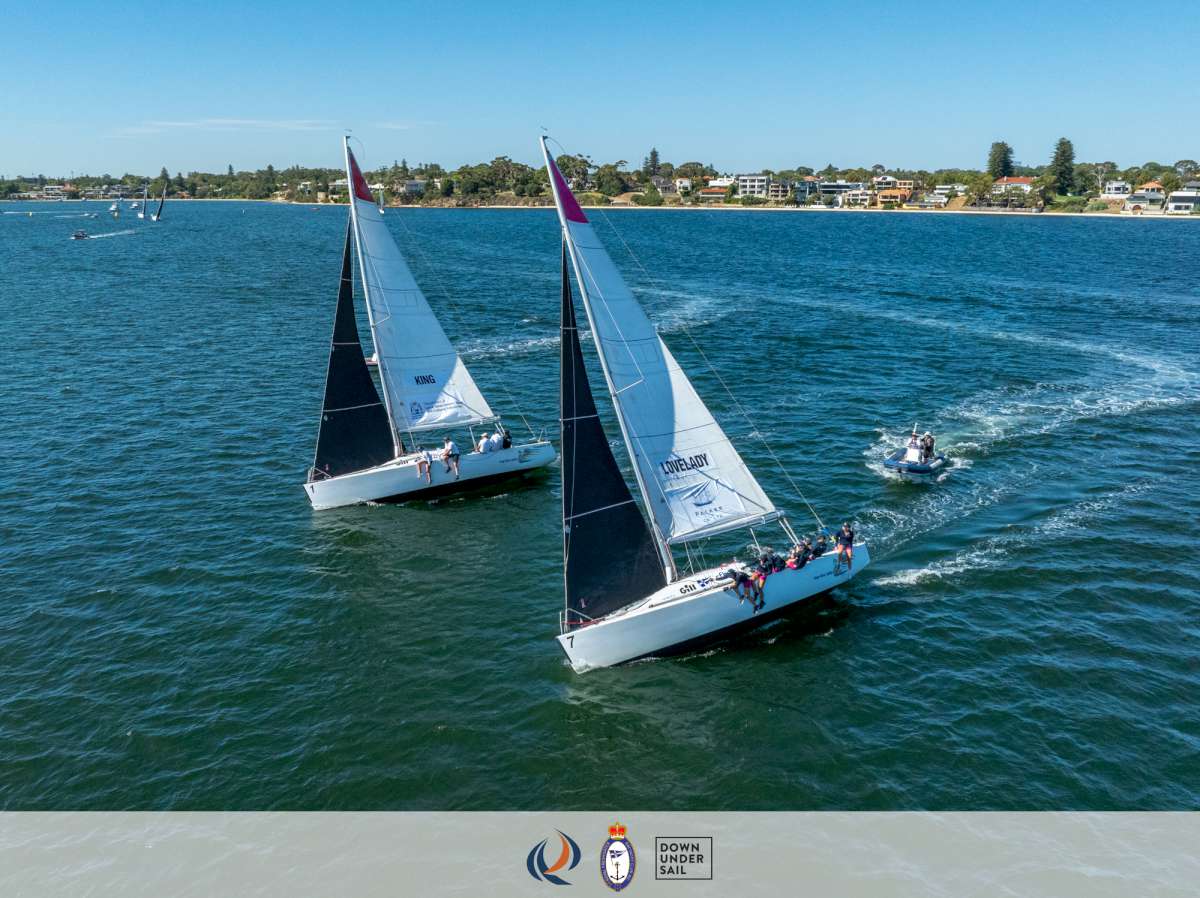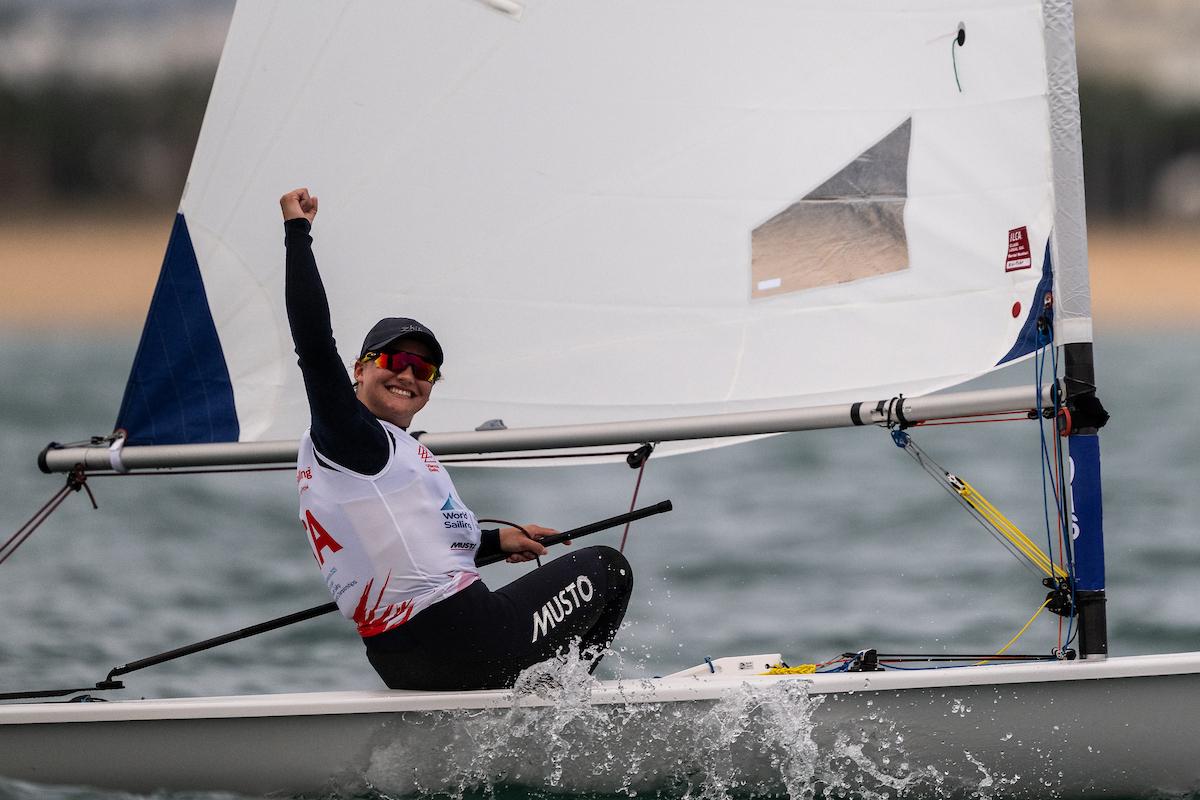Before we consider issues of particular importance to multihulls, remember some important points relevant to buying any boat.
Who will you be sailing with?
This is the most crucial yet most ignored question to be answered.
The ideal boat for four fit and experienced friends is most likely to be a disaster if chosen
by an inexperienced couple.
Where will you be sailing?
Not just coastal versus ocean and tropics versus high latitudes, but also whether shallow draft is required for your favourite spots.
Where will you keep the boat?
This question has much more significance for a multihull because its large beam limits the availability of berths and increases marina costs by typically 50 per cent on a length-for-length comparison. On the other hand if you have a shallow water mooring a multihull is going to be well-suited to your needs.
Once you have answered these questions and you are still wanting to buy a multihull, then you can start looking at the options.
Structural integrity and safety
Multihulls are lighter than most equivalent monohulls but the loadings are not necessarily less.
Two examples are the crossbeams, which experience massive loads, plus the mast step is not easily supported. It is ironic that multihulls attract the amateur builder and designer yet they are far less forgiving of design error.
It is especially important with multihulls to choose a designer and a builder with a strong track record. Clearly you need a prepurchase structural survey conducted by a person with structural engineering experience of multihulls. This usually means a qualified naval architect.
Prepurchase surveys are a good idea for new-builds as well as second-hand boats.
Multihulls have some significant safety advantages over most monohulls: they very rarely sink; they have twin rudders so ‘emergency steering’ is already installed and having two motors gives you 100% redundancy in propulsion.
However, if you are contemplating entering a rally or race under the YA Blue Book offshore safety requirements, it can be quite a technical challenge to make a multihull conform to them.
Performance
Most multihulls excel off the wind and performance is a key marketing point, but there are two important factors to be aware of: weight and windward work.
Loading up a monohull with gear slows it down a bit, but loading up a multihull with gear slows it down a great deal more and can make it unseaworthy.
Multihulls have lots of stowage and deck space so there is a tendency to fill it with equipment. This equipment on a multihull is a much larger proportion of the total weight (no lead keel, remember), so it has a much greater influence on performance than the same weight of gear put on a monohull.
Plus many cruising multihulls have poor windward performance, usually due to low aspect ratio stub keels and/or the yacht being overweight. We should bear in mind that “poor windward performance” is a subjective phrase. The difference between ‘good’ and ‘poor’ windward performance might be around one knot; how important is this to you?
It might not be important if you are happy to turn on the motors and bash into the waves whenever the wind comes forward of 50 degrees true. However, this comprises about one third of your entire time on the ocean (Sod’s second law of the sea).
So if you do not like motoring and you do enjoy sailing, consider a multihull with dagger boards or similar high-efficiency underwater profile. There are of course trade-offs in space and complexity when considering dagger boards.
Sail plan
While multihulls are no faster on average than the equivalent monohull (see CH June 2014), they are significantly faster on reaches.
These high reaching speeds bring the apparent wind forward and make asymmetric spinnakers and screechers much more useful than on displacement monohulls. Check out how the boat is equipped for handling these big sails.
While on the subject of sail plans, I have never understood why so many cruising mulithulls have adopted the fat-headed mainsail used in high performance yachts. There is no advantage in a high lift-drag ratio rig on the low lift-drag ratio hull of a multihull with stub keels (dagger boards change the equation). So a cruiser ends up with a tiny headsail and a giant mainsail with no benefit in windward performance.
A huge mainsail can be very difficult to reef, so check out the reefing system carefully. Especially how easy or difficult it is to put in that essential third reef.
Ability to resist capsize
Most modern multihulls are almost as resistant to capsize as modern monohulls. However, there is a sector of the multihull market that is offering high performance cruising, created by piling on the sail area and increasing beam in order
to carry the sail.
James Wharram, the great designer of Polynesian style catamarans, has recently suggested a simple measure of tendency to capsize: the windspeed at which the windward hull lifts from the sea. (Multihulls Quarterly summer 2013). While he has not quoted a specific figure, he implies the hull should not lift until at least 25 knots true wind speed. Sailing magazines could do us a great service by obtaining and publishing this figure for multihulls they review.
Ask the seller of your preferred multihull what the hull-lifting wind speed is for his/her boat before explaining your reason for asking. Perhaps the most comforting answer is “I don’t know, it has never happened in thousands of miles of sailing.” In which case, ask them at what wind speed they start reefing, a valuable pearl of wisdom!
Living space
This is the great selling point of multihulls. Not only do they have immense cockpit and deck space, they also stay upright. This makes all that space much more usable and you do not have to worry about the wineglass tipping over!
Multihulls are not always so spacious down below (on a dollar-for-dollar basis), especially trimarans. Those over about eleven metres length often manage to fit a large saloon in, but the narrow hulls can make for difficult interior arrangements on even quite large boats. Nevertheless, having more than one hull lends itself to having more sleeping cabins and hence more privacy.
Where you sit on this trade-off between interior space and deck space depends on your type of sailing. Is it going to be in sunny climes where the outdoor space is used regularly, or is it in damper, colder regions where more time is spent down below?
Motoring
Given that many cruising multihulls spend much of their time motoring to windward, the choice of motor is very important.
The use of outboard motors becomes quite attractive for boats up to around 10m length: light, easy to maintain etc. For inboards, the range of options also increases, as the engine does not have to function at the large heel angles experienced by a monohull motor-sailing to windward. However, twin inboard diesels and shafts are expensive and heavy. They also require a surprisingly large number of anodes at maintenance time.
Bridgedeck clearance
Bridgedeck clearance is the air gap between the sea and the bottom of the saloon floor.
One reason some people really hate sailing catamarans is the tendency for the bridgedeck to slam badly. This incessant slapping and banging of the seas can make life aboard quite uncomfortable; in extreme cases it can make it difficult to stay in a bunk.
There have been many attempts to reduce the slamming loads by modifying the shape of the bridgedeck, with only limited success, despite many doctoral theses on the subject. However, it is clear that the higher the bridgedeck the fewer the slams.
A minimum clearance of 600 millimetres is sometimes quoted as an irrefutable rule. We would consider it a useful guide.
Close quarters manouevring
More room is required when picking up a mooring or anchoring in crowded waters because a multihull occupies more space than a monohull when turning. This means you have to be able to see very clearly where the boat is, which can be a problem.
On a monohull the only thing that is likely to get in the way of the helm’s vision (besides the crew) is the sprayhood.
On a multihull the problem is more significant, not least because of the enormous beam.
Twin wheels help, but you get a lot of exercise running from one side to the other in tight docking events. Placing the helm station high up on the roof reduces this problem, but you are cut off from the rest of the activity down below.
Think carefully how you are going to be sailing the boat, who with and where you are going to moor/dock it. Practice some of these things on a trial sail before committing.
Comfort at anchor
A characteristic of multihulls that is not always appreciated until actively cruising is its comfort at anchor. This stems from two attributes. They have tremendous resistance to rolling, so an anchorage that is barely tenable in a monohull can be a delight on a multihull.
The shallow draft of most multihulls allows them to work well inshore and up creeks where you are far more sheltered from wind and waves and it is less crowded.
Value for money
We should perhaps have started with value for money as it is often the main driving force in any boat purchase, or perhaps we should say, the main rational driving force. However, it has already been covered in CH June 2014.
To summarise, dollar-for-dollar, a multihull is shorter, lighter, shallower draft, less sail area and slightly slower; has about the same saloon area and more cockpit and deck area. Clearly these are generalisations but they are based on statistical averages.
So whether a multihull represents value for money depends on your particular circumstances and priorities.
A parting comment: if you were expecting this article to tell you whether a multihull or a monohull is the better boat, you will be disappointed. It all depends on your priorities, so sit down with your intended crew and work them out. Then you will be in a much better position to decide what type of boat is best for you.
Kim Klaka and Ralph Newton
Like this story? Then read more every month:




